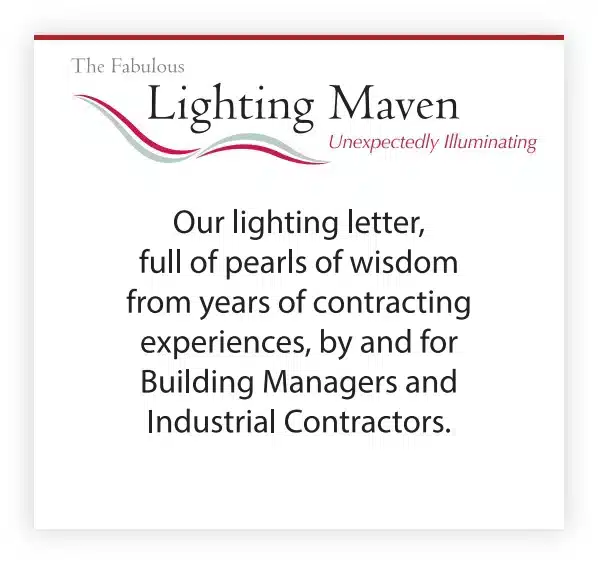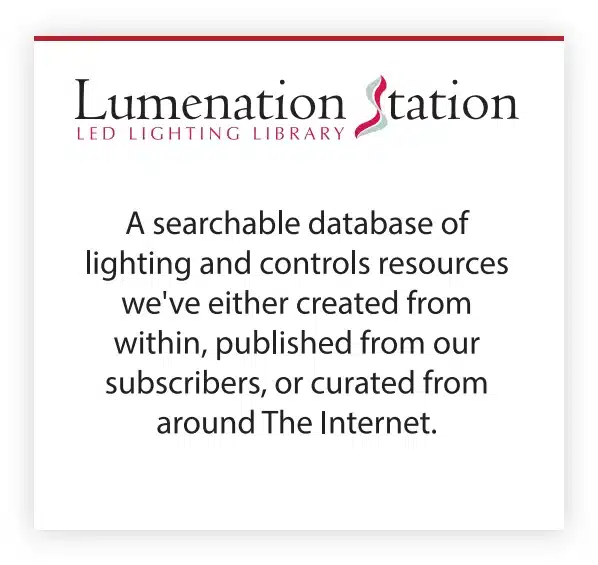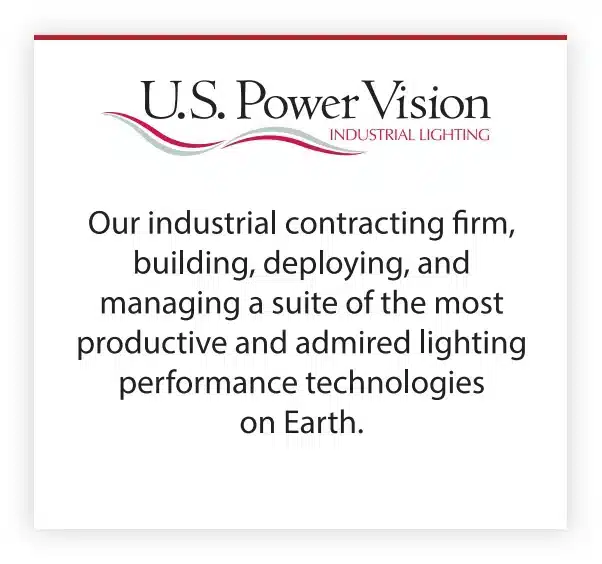Dear Reader:
Virtually all Facilities and Energy Managers are aware of the value of occupancy sensors used in conjunction with LED luminaires, but some might benefit from an enhanced understanding of how to adjust the settings to optimize their lighting system’s ability to lower energy consumption without compromising the illuminating qualities of each fixture within the system.
Let’s face it, it doesn’t matter what the efficacy of a fixture is – be it good or bad – if the fixture is off, and a fixture can be turned off, or at least dimmed down, when there is no reason for the fixture it controls to be on. When this occurs, the energy savings harvested can be significant.
The Energy Efficiency and Renewable Energy division of the U.S. DOE has put out a great paper on occupancy sensor control, and you can find it here: Wireless Occupancy Sensors for Lighting Controls.
As we plan out an occupancy settings regime, we typically cut a manufacturing facility into five distinct areas, production, warehouse, aisle, office and restrooms. From there, we plan to treat each one uniquely:
- Production – Passive, low sensitivity, you don’t really want fixtures popping on and off a lot, as disruption and irritation can become a real problem with people.
- Warehouse, including Rack Aisles – Aggressive, high sensitivity, on/off without dimming. These areas are typically occupied intermittently (statistically only 30-40% of the time), and as-such lend themselves to significant harvesting.
- Aisle – Medium sensitivity, we don’t use the sensors to turn fixtures off during business hours in these areas, choosing instead to dim them down. We’ve found that this is much easier on the eyes.
- Office – Open areas require a more passive approach, as people generally don’t appreciate adjacent cubicle office lighting turn off, even absent occupancy in that cubicle. Enclosed offices can be switched aggressively though, as you’re typically setting the control for only one occupant, in or out.
- Restrooms – The only distinction here is the need to plan out the locations of the sensors so that they’re picking up a person who might be in a stall. You wouldn’t want maroon someone in there when the lights go out.






